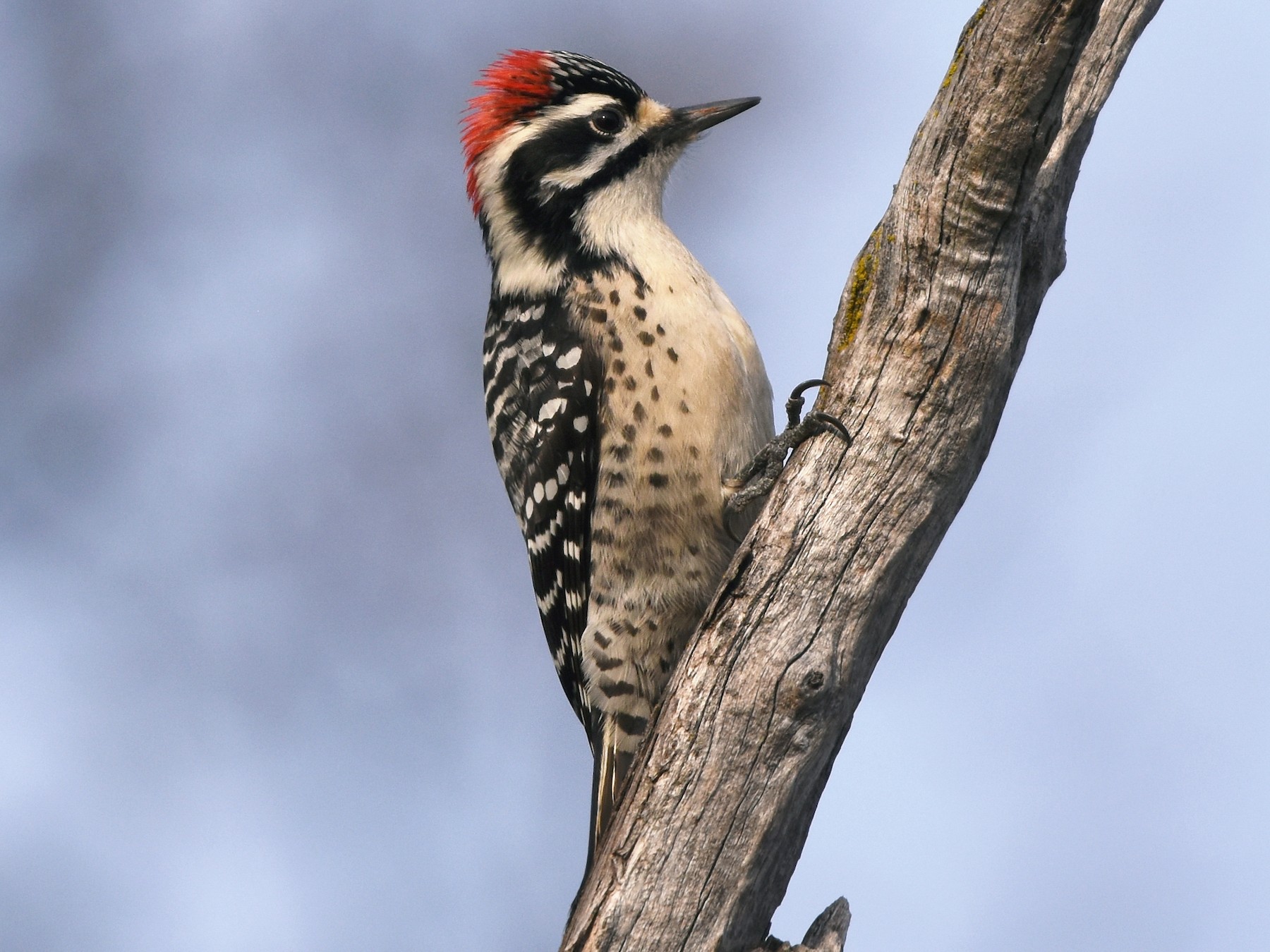Encountering Woodpeckers in Florida Species: Environments and Actions
Encountering Woodpeckers in Florida Species: Environments and Actions
Blog Article
Unveiling the Tricks of Woodpeckers: Actions, Environment, and More
Woodpeckers, with their distinct behaviors and specialized adjustments, have actually lengthy amazed scientists and nature enthusiasts alike. By uncovering the enigmas bordering woodpeckers' habits and habitat selections, a much deeper understanding of these avian wonders arises, using a look into their fascinating globe.
Woodpecker Habits Insights
In analyzing woodpecker behavior, a remarkable screen of specialized skills and adjustments arises, clarifying their remarkable eco-friendly specific niche - Woodpeckers in Florida. Woodpeckers, known for their distinct drumming on trees, possess a selection of behavior characteristics that add to their survival and success in their atmosphere. One key actions is their drumming, which serves numerous functions such as communication, developing territory, bring in mates, and situating food sources. This balanced pecking also showcases their impressive stamina and endurance, as they can hammer away continuously at high speeds without causing damage to themselves.
In addition, woodpeckers exhibit an one-of-a-kind feeding behavior defined by their capacity to extract bugs from tree bark utilizing their specialized beaks. Their lengthy, barbed tongues aid in catching target, while their solid neck muscles supply security and accuracy during pecking movements. This feeding method permits woodpeckers to access covert insect larvae and remove them with impressive efficiency.
Habitat Preferences and Selection
What factors influence the environment choices and choice of woodpeckers? One critical variable affecting woodpecker environment choice is the accessibility of suitable nesting sites. Woodpeckers typically favor woodlands with a mix of fully grown trees that offer ample opportunities for dental caries excavation.
In addition, woodpeckers show a preference for environments with a plentiful supply of food sources. They are primarily insectivorous, preying on beetles, ants, larvae, and various other bugs found in worn out wood or tree bark. For that reason, woodpeckers tend to prefer wooded locations with a varied insect population to fulfill their dietary needs.
Moreover, the existence of dead or decaying trees is an additional essential consider woodpecker environment choice. These trees not just offer food resources however additionally use suitable substratum for cavity excavation. Dead trees are necessary for the maintenance of healthy and balanced woodpecker populations, as they play a crucial role in the woodpeckers' life process and ecosystem characteristics.
Feeding Habits and Diet Plan Composition
Woodpeckers demonstrate a specialized feeding habits concentrated on foraging for pests within numerous habitats. In addition to bugs, woodpeckers likewise eat tree sap, fruits, nuts, and seeds, including variety to their diet depending on the season and accessibility of food resources.
The foraging methods of woodpeckers are well-adapted to their arboreal lifestyle. Woodpeckers play a crucial duty in preserving the health of woodlands by managing insect populations and assisting in the decay of wood.
Drumming Appears and Communication
Utilizing fast drumming sounds on numerous surfaces, woodpeckers use an unique form of interaction to signal region limits and attract companions. This drumming behavior is not just a means of interaction but additionally works as a method for woodpeckers to establish their presence within a certain area. The intensity, speed, and pattern of the drumming can convey crucial info to other woodpeckers around.
Woodpeckers use drumming sounds to introduce their visibility in an Go Here area and to advise off possible intruders. The loud and repeated nature of the drumming acts as a clear signal to various other woodpeckers that the location is currently claimed. This assists in minimizing problems and decreasing physical confrontations between people.

Survival Adaptations and Specialized Makeup

Final Thought
To conclude, woodpeckers show special behaviors, such as drumming audios for communication, and have specialized composition for go now survival in their chosen environments. Their feeding routines and diet make-up even more show their versatility to various atmospheres. By understanding these facets of woodpeckers, researchers and preservationists can better shield and preserve these remarkable birds and their communities.
Report this page